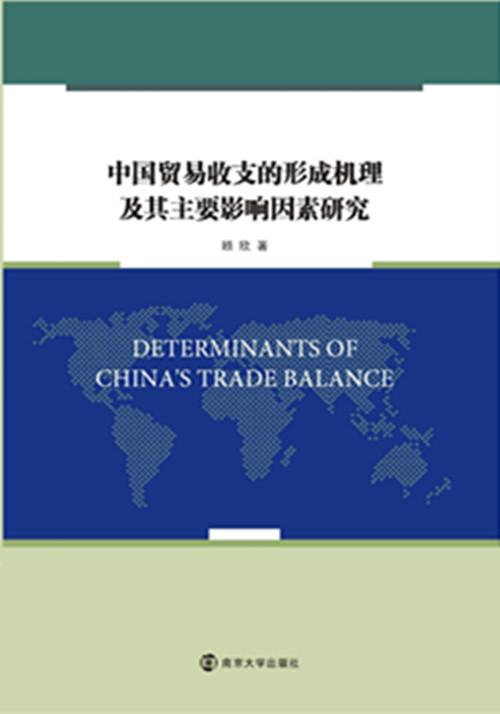TABLE OF CONTENT
Abtract i
Table of contents iv
CHAPTER 1 INTRODUCTION 1
1.1 Introduction .......... 1
1.2 Motivations for this study 3
1.3 Research questions and objectives 4
1.4 Methodology....................................................................................................4
1.5 Significance of the research 5
1.6 Organisation of the thesis 6
Chapter 2 China’s Trade Performances and Trade Reforms 8
2.1 Introduction.....................................................................................................8
2.2 China’s trade balance position 8
2.3 China’s foreign trade 9
2.4 Reform of China’s trade regime 18
2.5 Structural changes and external dependence 23
2.6 Summary........................................................................................................27
Chapter 3 Review of the Literature 29
3.1 Introduction...................................................................................................29
3.2 Theoretical basis for determinants of trade balance 31
3.2.1 Productivity and trade balance 32
3.2.2 Income and trade balance 34
3.2.3 Exchange rate, relative price effects and the balance of trade 35
3.2.4 Monetary view of trade balance 38
3.3 Empirical research 44
3.3.1 Country-specific studies 44
3.3.2 Cross-country studies 48
3.4 Existing studies on the determinants of China’s trade balance 55
3.4.1 Supply-side explanations 55
3.4.2 Relative price effect: the exchange rate 56
3.4.3 Demand-side considerations 58
3.5 Summary........................................................................................................59
Chapter 4 Research Methodology 61
4.1 Research framework 61
4.2 Econometric modelling 64
4.2.1 The standard model of trade balance 64
4.2.2 An extension of the standard model 66
4.2.3 Variable construction and data acquisition 68
4.3 Estimation strategies 69
4.4 Summary........................................................................................................76
Chapter 5 Determinants of China’s Trade Balance—
a Multifaceted Perspective 77
5.1 Economic factors 77
5.1.1 A supply-side explanation 77
5.1.2 Relative price effects 84
5.1.3 Demand-side considerations: consumption constraints 86
5.2 Socio-cultural factors 91
5.2.1 Social ideology, social structure and labour supply 92
5.2.2 Social networks and FDI inflows 93
5.2.3 Demographic structure, social welfare system and saving
behaviour ....................................................................................95
5.2.4 “Shanzhai” products crowd out imports 97
5.3 Institutional factors 98
5.3.1 Segmented labour markets 98
5.3.2 Strong incentives of local officials to attract inward FDI 98
5.3.3 Weak labour trade unions 99
5.4 Conclusion.....................................................................................................99
Chapter 6 Effects of Economic Determinants on China’s Trade Balance—an Aggregate Analysis 101
6.1 Model specification and methodological procedures 101
6.2 Variable construction and data 104
6.3 Empirical results ...........................................................................................105
6.4 Discussion and conclusion 110
Chapter 7 Effects of Economic Determinants on China’s Trade Balance—a Disaggregate Analysis 112
7.1 Decomposing China’s trade balance 112
7.1.1 The problem..................................................................................114
7.1.2 Data and adjustment methods 114
7.1.3 Adjusted trade balance 118
7.2 Model specification 121
7.3 Results.........................................................................................................122
7.4 Discussion and conclusion 127
Chapter 8 CONCLUSIONS 129
8.1 Findings and conclusions 129
8.2 Significance and contributions 134
8.3 Implications.................................................................................................136
8.4 Limitations and future research 138
BIBLIOGRAPHY 140

